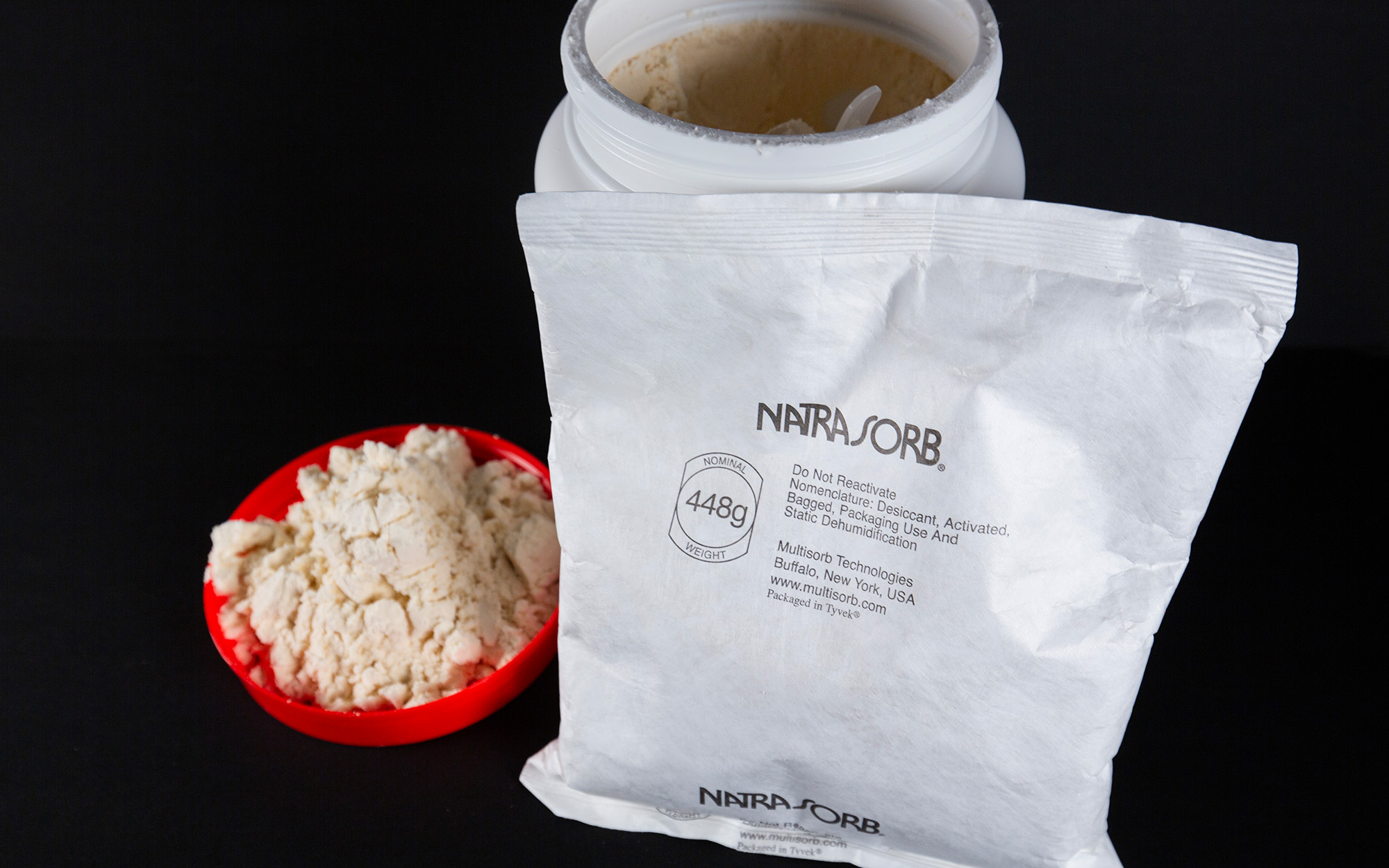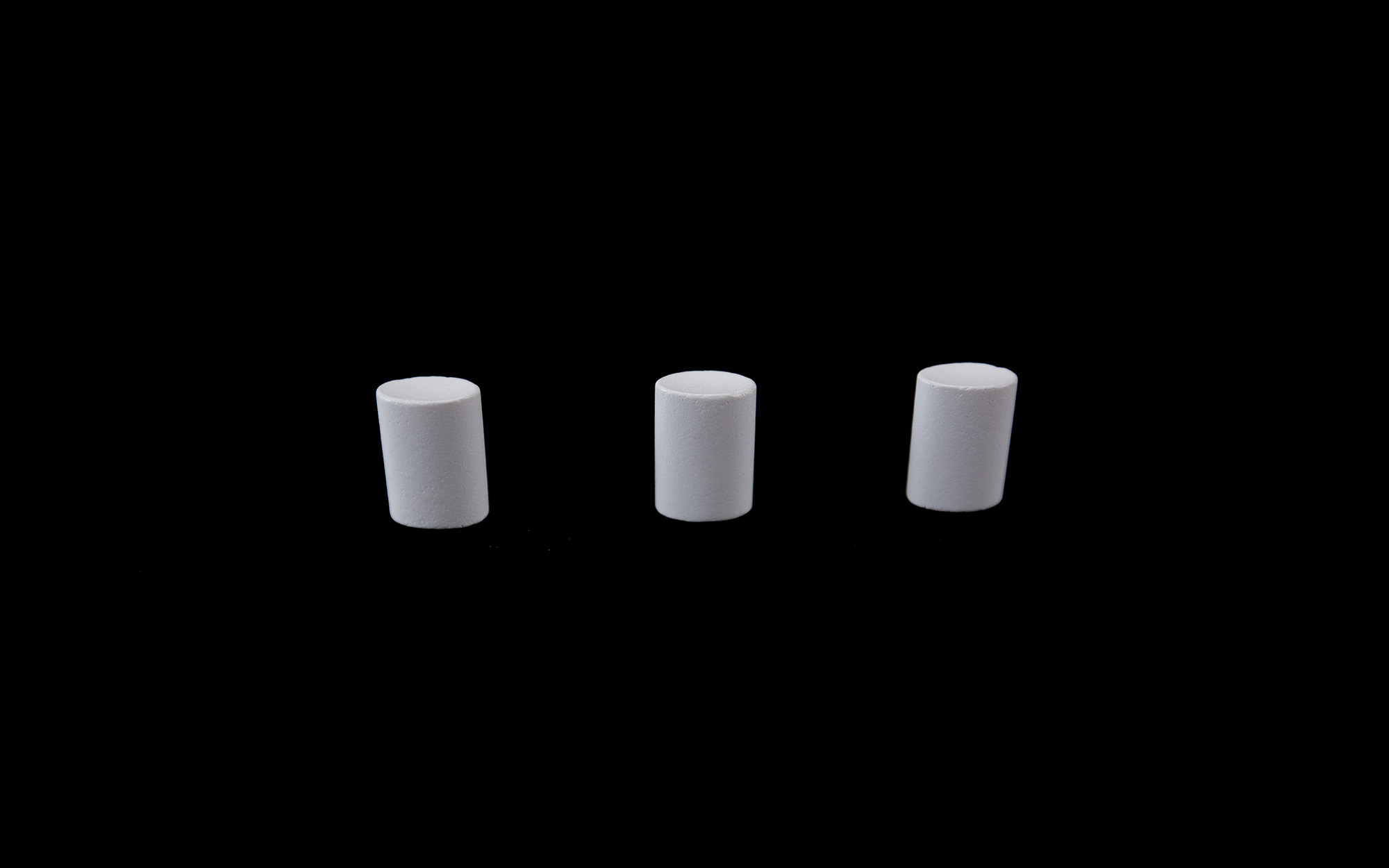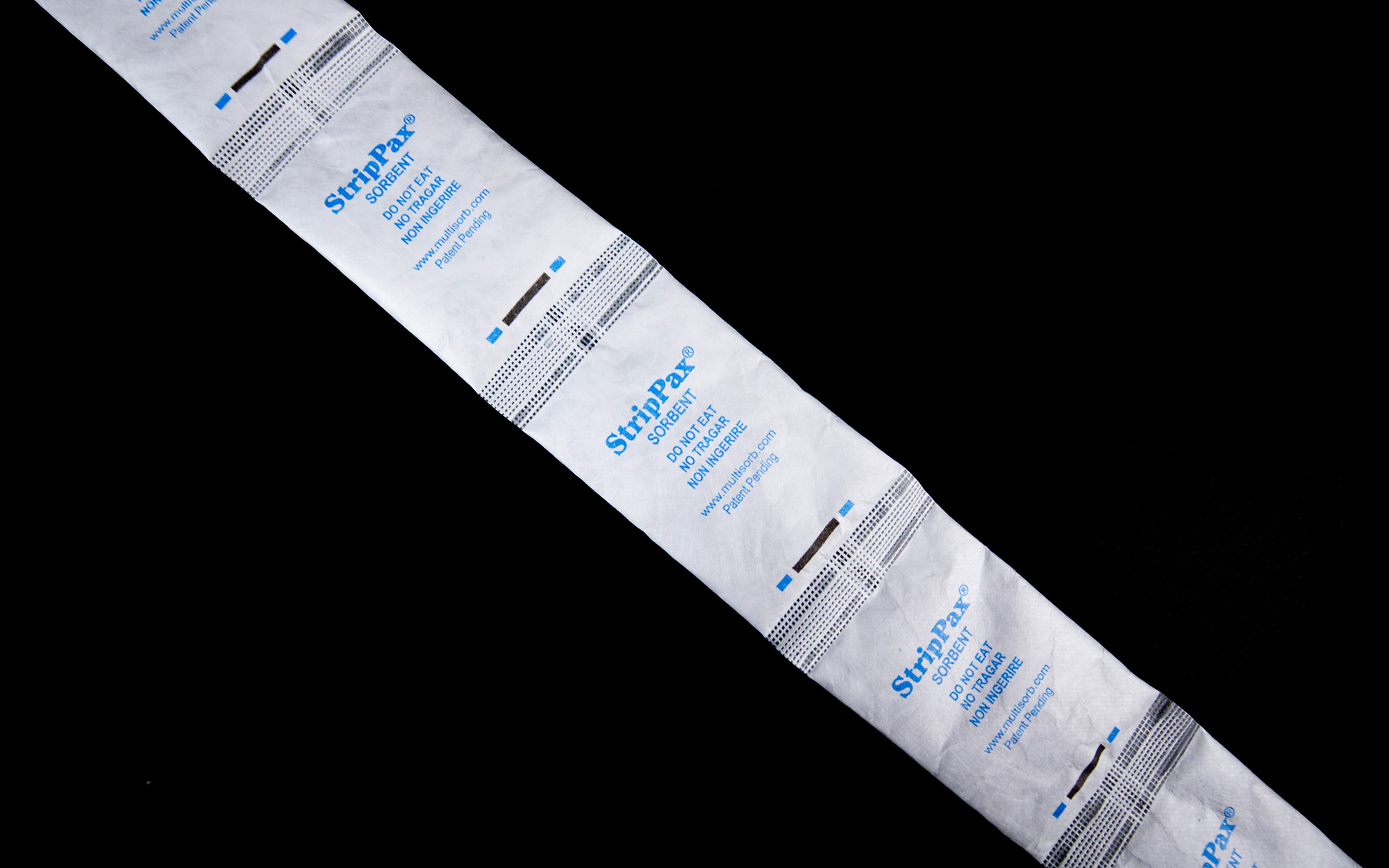
Desiccant packets offer a simple yet powerful way to keep goods fresh and intact. If you’re looking to cut down on product returns and protect your brand reputation, read on to see how these tiny packets make a massive impact. Understanding the True Cost of Moisture Damage Moisture may seem harmless at first glance, but […]
View More
Are desiccants really just “throwaway” packets? Is there any difference between silica gel and other moisture absorbers? Misconceptions about desiccants can lead to wasted money and damaged products. Let’s cut through the noise and uncover the real story behind these tiny pouches that do so much more than you might think. Why Misinformation About Desiccants […]
View More
Have you ever noticed those little packets labeled “Do Not Eat” in shoe boxes or vitamin containers? They’re more important than you might think. These small but mighty pouches help protect products from excess moisture, preserving quality and extending shelf life. In this blog, we’ll dive into the basics of desiccant packets, showing you how […]
View More
As the basis for all life, oxygen provides necessary functions. But it also causes degradation, especially in food preservation. The goal of packaging over the past several decades has been to ameliorate these effects, neutralizing rancidity, discoloration, loss of Vitamin C in beverages, the growth of mold in some products, and so on. Usually used […]
View More
In today’s business world, ensuring reliability and building trust with customers is critical, given the competitive environment. The significance of aggressive moisture control — in electronic products, for example — is often not noticed until product failure makes the problem obvious, and by then it is too late. Ensuing deficiencies can result in expensive product […]
View More
As a world leader in the manufacture of desiccants, Multisorb Filtration Group is in the forefront of developing and marketing a wide variety of products to reduce or eliminate moisture and oxygen contamination for the consumer market. A significant activity in this regard is our line of desiccants and oxygen scavengers designed specifically to preserve […]
View More
There is a wide variety of sorbents available for use in packaging and the manufacturing process in general, but most of them fall into one of two categories: oxygen scavengers or desiccants. Depending upon the application, the optimal sorbent is chosen according to its purpose and production necessities. Here is an overview of each: Oxygen […]
View More
Desiccants, in one form or another, have been used by a number of different cultures, starting with their application centuries ago. A variety of materials were used for a range of purposes, including controlling moisture content and drying processes. Desiccants have been put to work for a variety of medical conditions and procedures, as well […]
View More
The Multiform CSF Canister from Multisorb. Enhanced Sustainability and Improved Cost Savings Desiccant canisters can present a set of unique challenges all their own, which can significantly slow down production, and create unnecessary costs during manufacturing. Multisorb CSF Canister technology addresses all of these obstacles, both from a sustainability and a cost point of view. […]
View More
Typical applications for sorbents include protection against degradation from moisture, oxygen, and volatiles in the food, pharmaceutical, dietary supplement industries and more. Because there is such a wide variety of packaging configurations, sorbents are available in a number of formats, the most popular being canisters and packets. To ensure sorbents can be included various package […]
View More